The Golden Age of Western Photography
Adam Clark Vroman, born in Illinois, in 1856, left home at the age of 16, and worked in various capacities for the Chicago, Burlington and Quincy Railroad until 1893 when he moved permanently to Pasadena.
In 1892, Vroman began experimenting with 5 x 7” camera. Shortly after he sold his rare book collection and with the proceeds opened a store selling books, stationary, cameras and photography supplies. Pasadena at the time was a center for artists, writers and intellectuals, including Charles Lummis, Frederick Webb Hodge of the Bureau of American Ethnology (BAE), and a number of photographers. Primary Among the interests of this Arroyo Culture were preserving Spanish and Native culture, arts, crafts and traditions in the Southwest, and promoting associated tourism.

By 1895 Vroman was an accomplished photographer, and with a group of other amateur photographers would travel on outings, experiment with different cameras, film, paper and photochemistry. In this same year he traveled to the four corners area of the Southwest on the first of eight photographic expeditions over the next 10 years. He used multiple cameras with formats ranging from roll film up to 8.5 x 6.5.
Vroman did not sell or exhibit. A successful businessman, (as of 2005, Vroman’s Bookstore is operating in Pasadena) he made and gave handmade platinum print souvenir presentation albums and groups of silver prints for use by traveling companions, Indian subjects of his photographs, writers, ethnologists and others with similar interests in the Southwest. Vroman’s last tour of the Southwest was in 1904, and then his interests turned toward Japan and collecting Netsuke, much as he collected rare books and Indian arts and crafts.
Education and/or experience: Self-taught and member of amateur photographic group, whose members experimented with a variety of papers and processes. Rare book collector, owner of major bookstore and photo supply shop in Pasadena.
Fonte

Hopi Man with Roving and Spindle. no date
Girl of Isleta. 1899.
Nampeyo's Daughter and her Child (Racheal). 1901
Hopi maiden. 1901.
Snake Priest Harry Starting for Snakes. 1901.
Hopi Towns Snake Priest (Harry) Walpi. 1901.
Governor of Shipauloui. 1900.
Navajo man - "Coyote". 1901.
Zuni - Zuni Man "Y-ho-c-wer". 1899.
Navajo Warrior. 1903.
Navajo Silversmith Bending Bracelet. 1901
.
Hopi Woman Grinding Corn, ca. 1897
Belles of Sichimovi. 1896.
"Juliet" at Window - Oraibi. 1902.
Navajo Baby in Cradle Board. 1901.






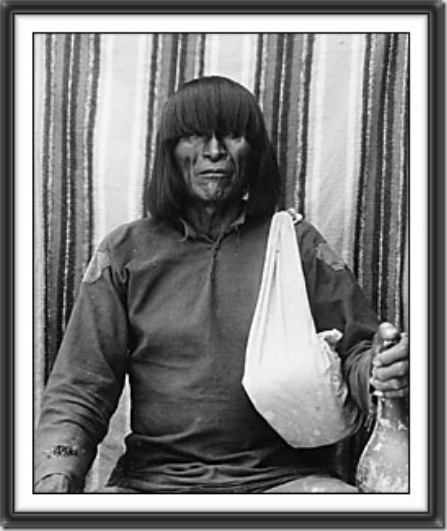
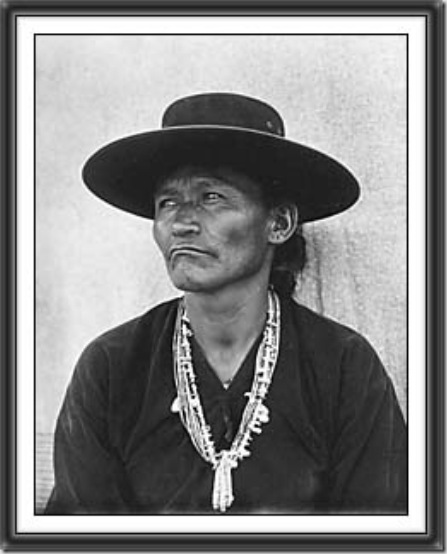



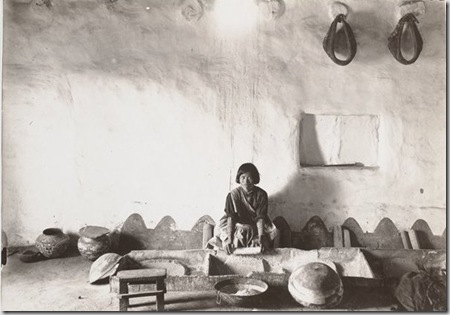
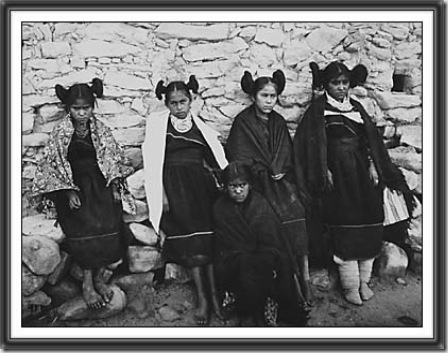
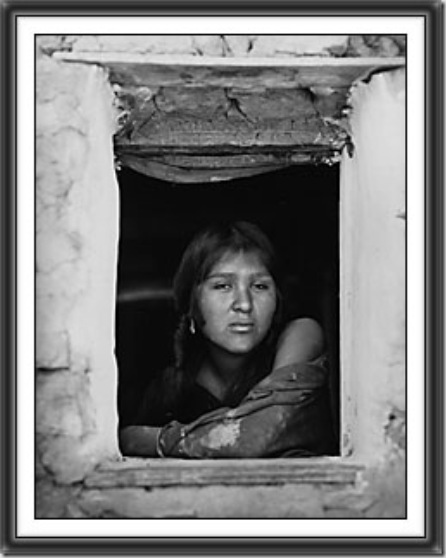

Nessun commento:
Posta un commento